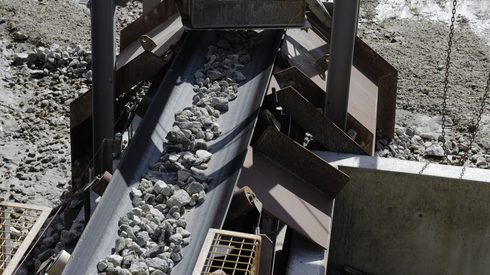Soybean stocks in China fell for the fourth consecutive week to hit the lowest level since May as delays to cargo loadings in Brazil weighed on supply.
Commercial soybean stocks slid 390,000 mt to 4.66 million mt last week, down 1.28 million mt from the same point last month but still up 1.41 million mt year-on-year, according to data from China’s National Grain and Oil Information Centre (CNGOIC) on Thursday.
“Soybean [vessel] landings at ports were still low, soybean stocks continued to fall… it is expected that the stocks level will remain in a downward trend,” said CNGOIC.
Lower bean stocks also dampened crushers’ operation rate with total soybean crush volume down 10,000 mt to 1.56 million mt last week.
Despite lower crush volume, soymeal stocks flatlined at 760,000 mt as procurement from feed companies slowed.
Meanwhile, soyoil stocks fell 60,000 mt to 680,000 mt, down 190,000 month-on-month and 590,000 lower than the same point last year.




